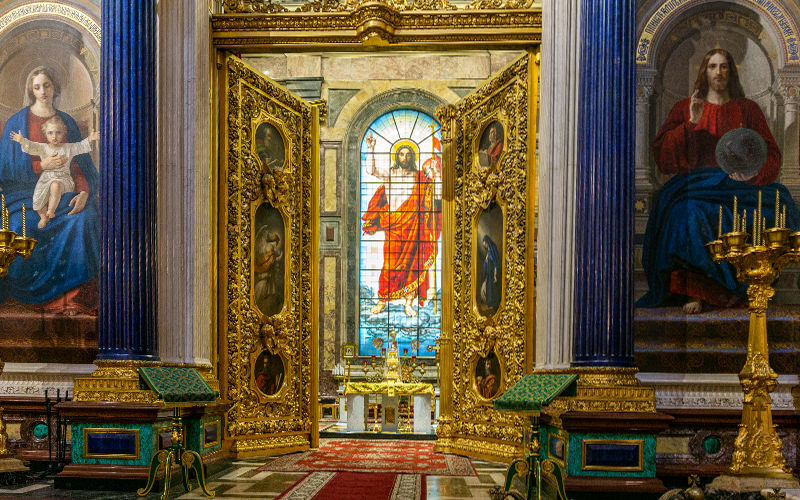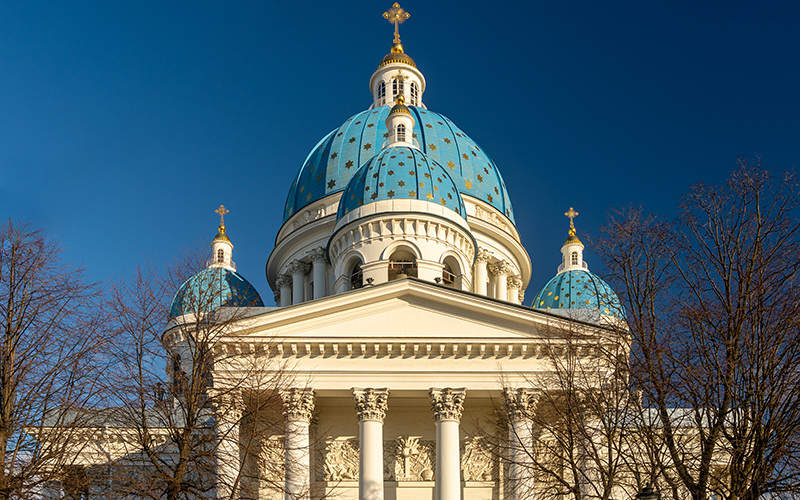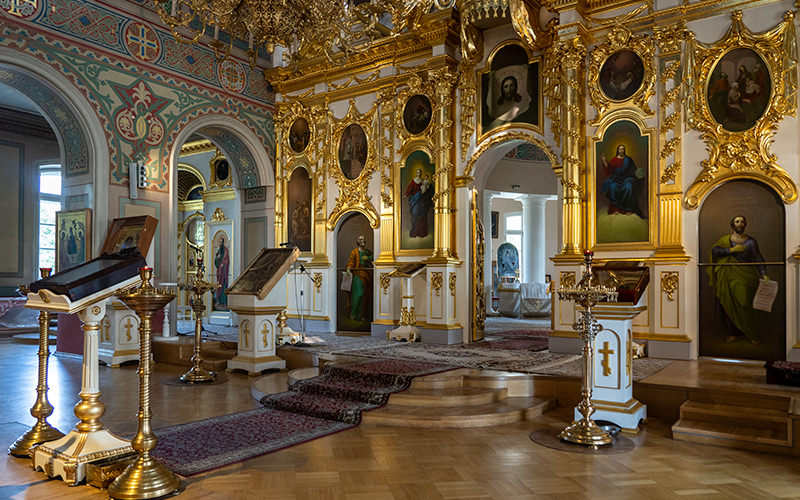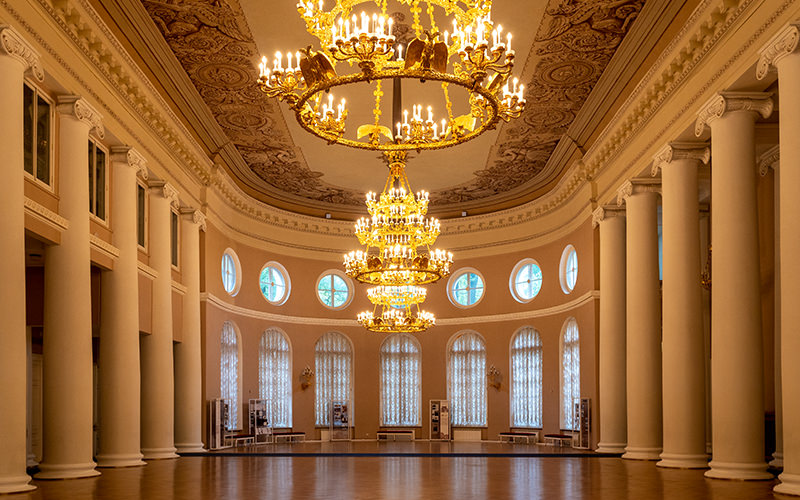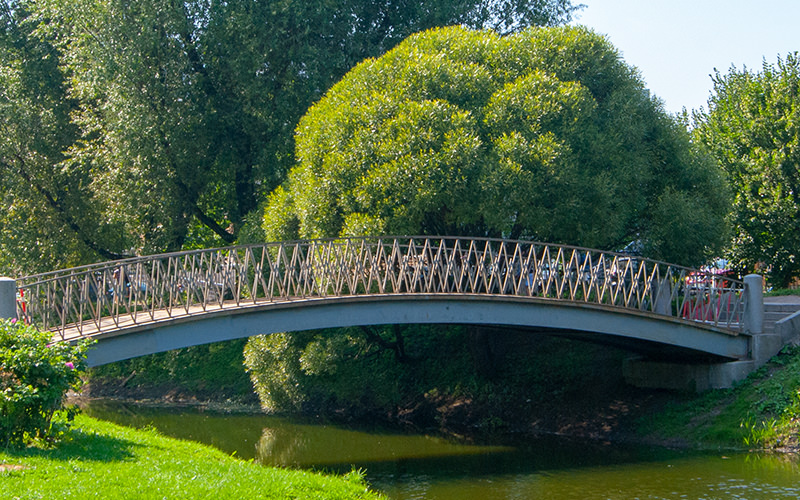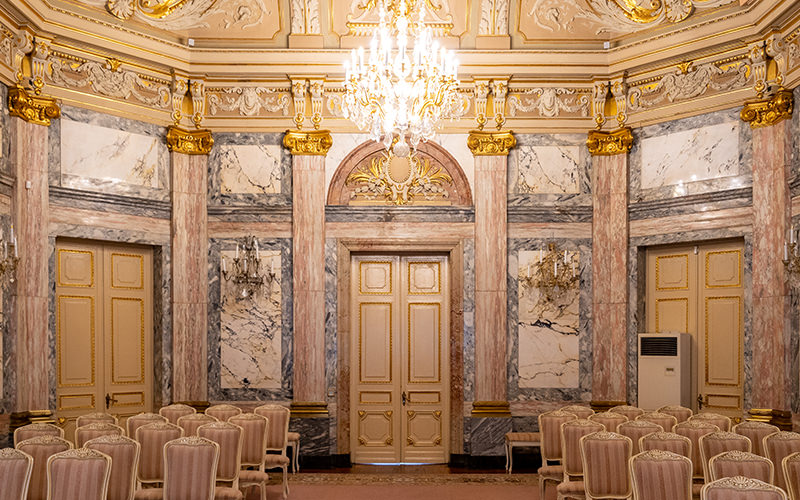Smolny Cathedral is a stunning example of Baroque architecture. Its interior evokes genuine admiration from both residents and visitors of the city, and its history is closely intertwined with that of the Northern Capital.
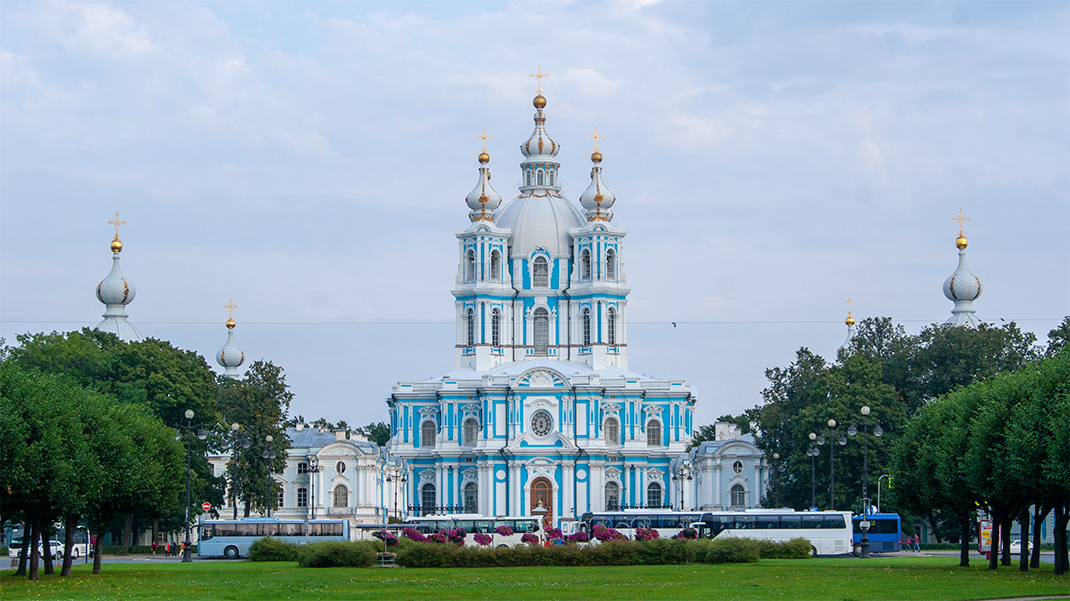
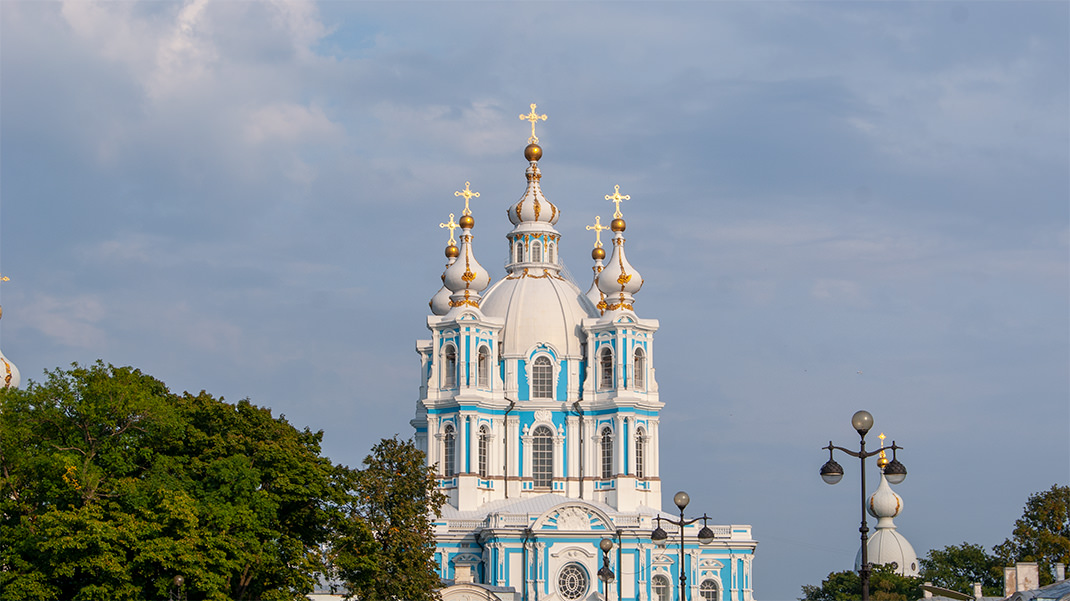
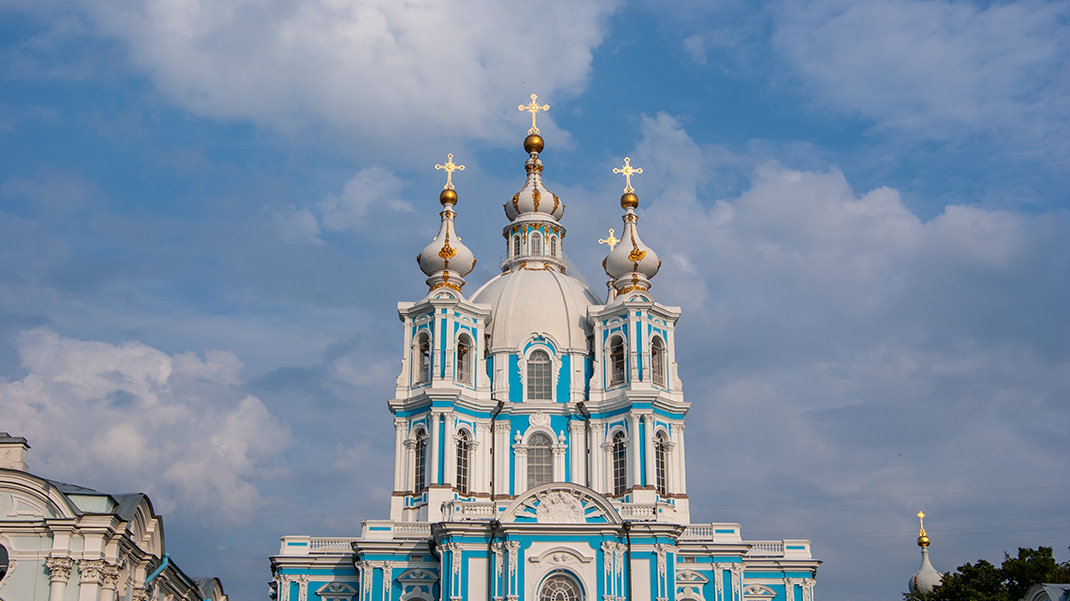
How to Get There
The cathedral is quite far from the metro, but if you wish, you can walk to it. The walk will take about 30 minutes from Chernyshevskaya station and approximately 45 minutes from Ploshchad Vosstaniya or Ploshchad Alexandra Nevskogo stations.
A Bit of History
Smolny Cathedral's history dates back to the reign of Empress Elizabeth Petrovna, the daughter of Peter the Great. In the 1740s, she ordered the construction of a church on the site of the so-called "Smolny House"—a palace where she spent her childhood. The architect appointed for this project was Bartolomeo Rastrelli, who had also worked on the construction of the Grand Palace in Peterhof.
The cathedral stands 93.7 meters tall. Initially, Rastrelli planned a 140-meter bell tower, but he later abandoned this idea. Had the building been constructed according to the original design, it could have become the tallest in Europe.
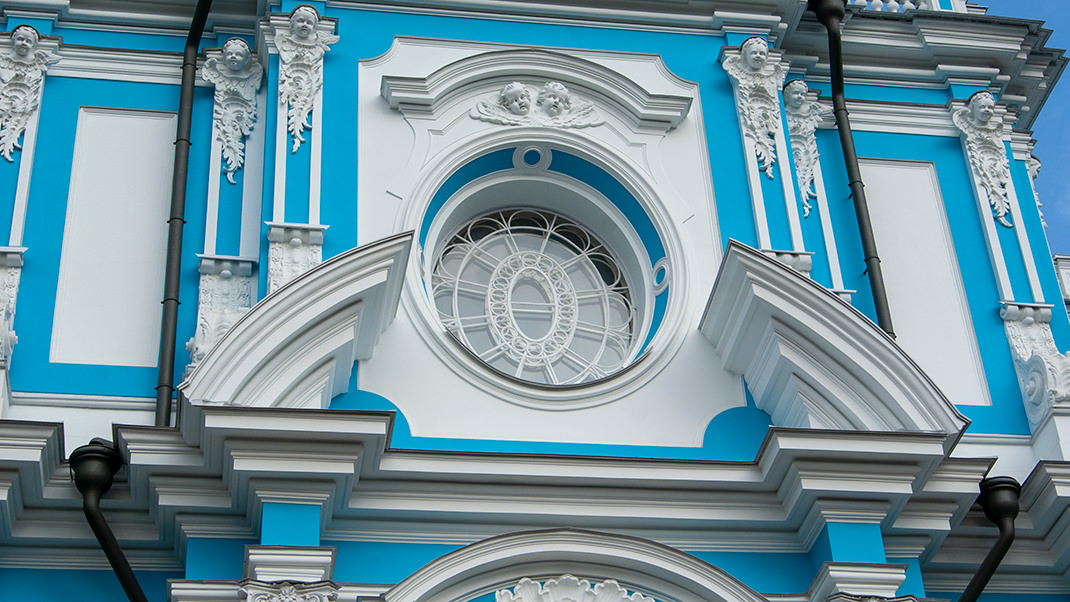
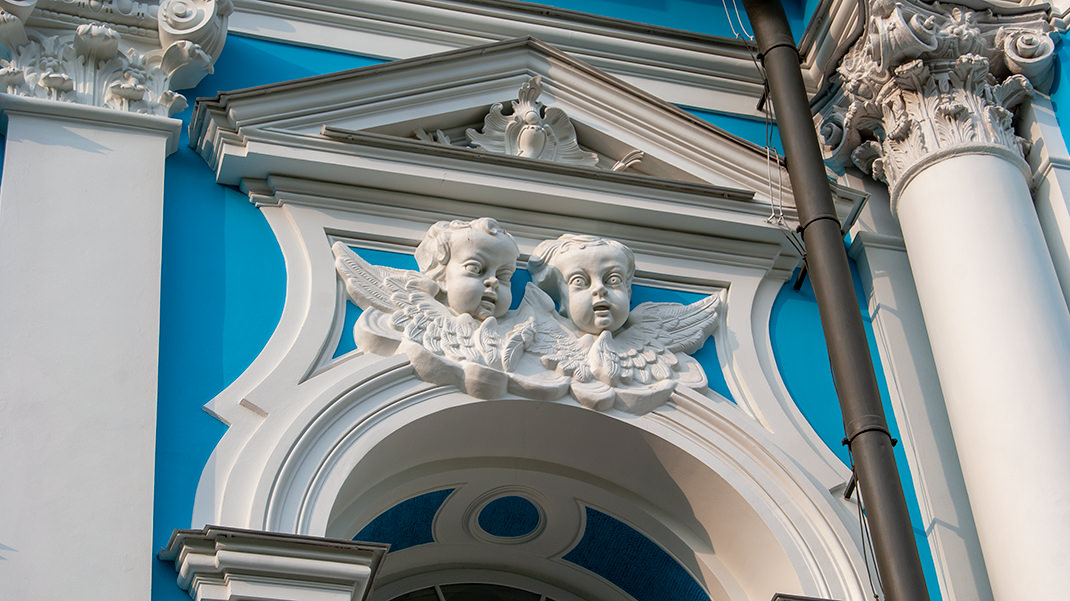
After Russia entered the Seven Years' War, funding for the cathedral's construction was significantly reduced, and after Elizabeth Petrovna's death, the construction was halted altogether. Over the next 70 years, the building gradually fell into ruin, and its basements were flooded with water. Work resumed only in the 1820s, during the reign of Nicholas I. Regular church services began in the cathedral in 1835, the same year it was granted the status of the cathedral for all educational institutions.
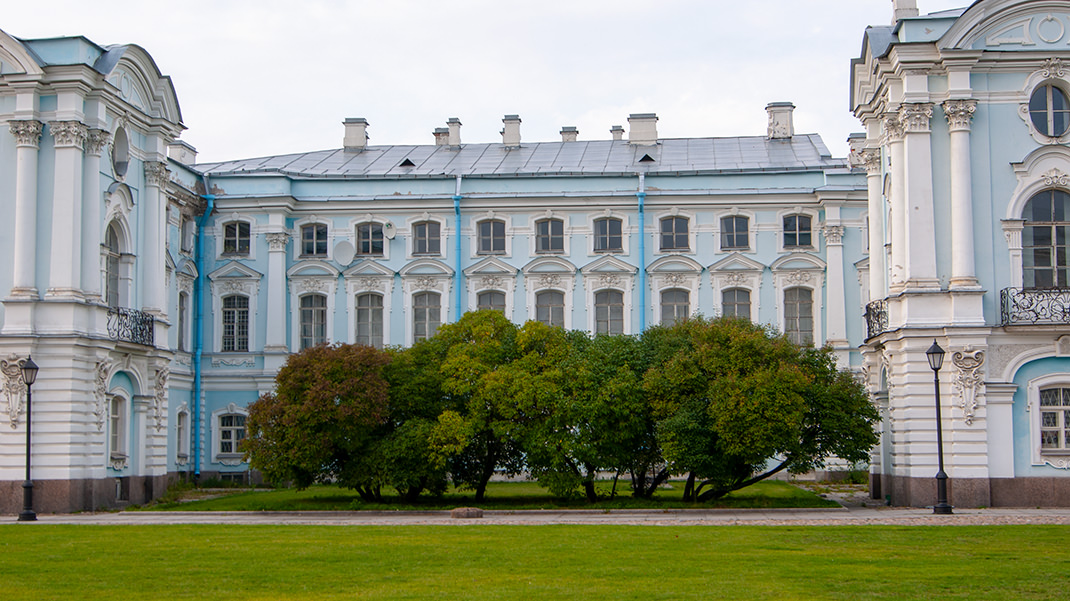
In 1806, the Smolny Institute for Noble Maidens was built nearby, later known as the headquarters of V.I. Lenin and the entire Bolshevik government. Since 1996, the building has served as the residence of the Governor of Saint Petersburg. The institute itself was the first of its kind in Russia.
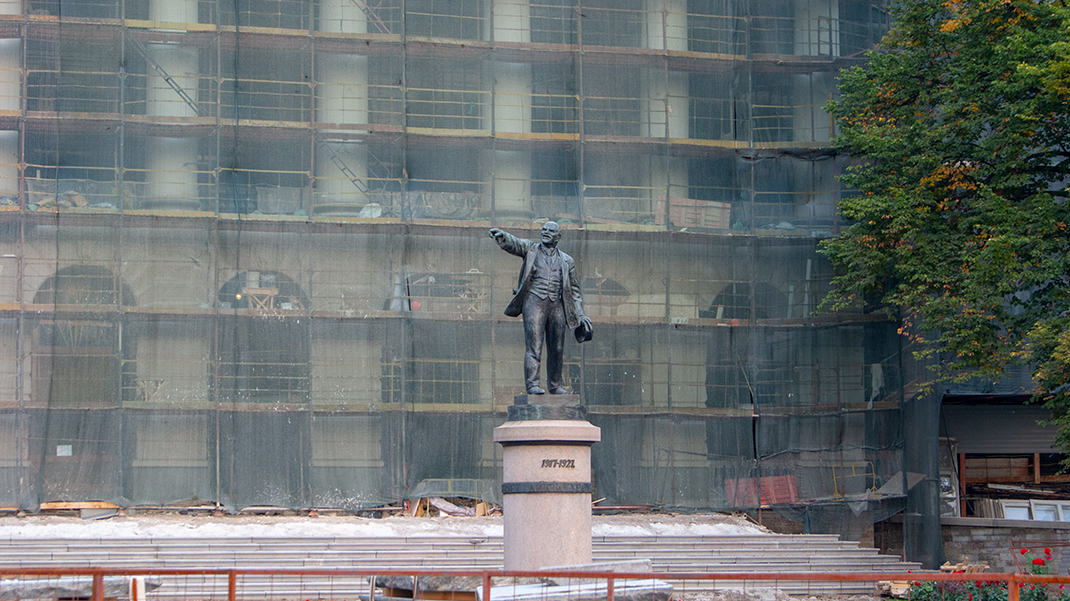
Smolny Cathedral: The Present
After the Revolution, the cathedral was closed and for a long time used as a storage facility for decorations. During the war, the building's basements were converted into a bunker. In the 1990s, the cathedral was repurposed as a concert and exhibition hall.
In 2013, a bell cast in Voronezh was installed in front of the cathedral. Three years later, it was decided to transfer the cathedral to the Russian Orthodox Church.
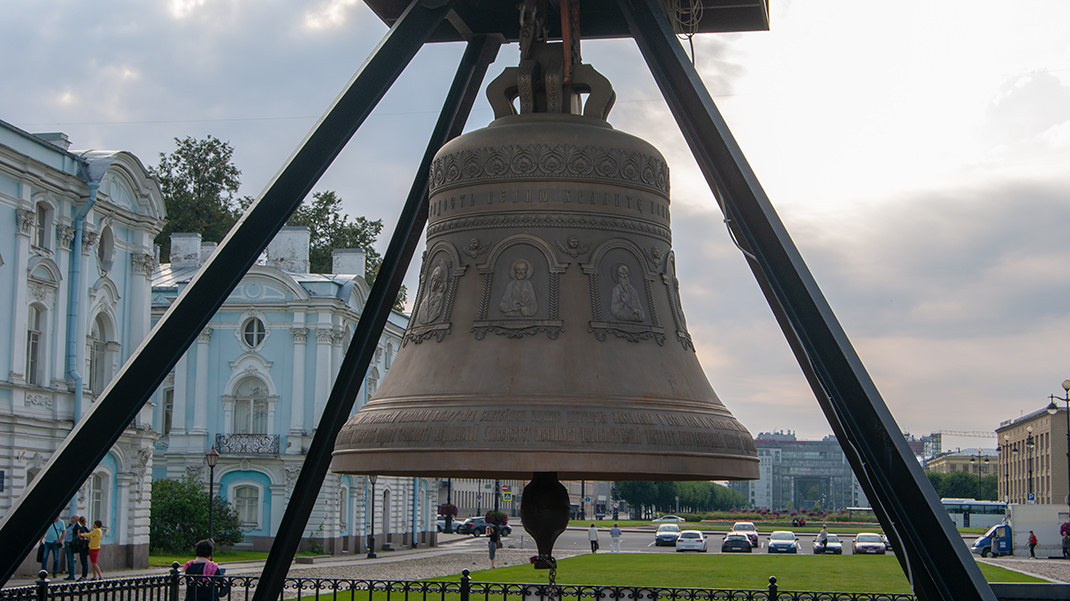
What to See
Tours of Smolny Cathedral. They are conducted every Saturday and Sunday at 1:00 PM, 2:30 PM, and 4:00 PM. Cost: 200 rubles (Fall 2018).
Climb to the belfry, which is used as an observation deck. The ascent to the bell tower is open daily from 7:00 AM to 8:00 PM. Cost: 150 rubles (Fall 2018).
Smolny Garden Parterre is located in front of the former institute building. The garden features several fountains, and as a reminder of Smolny's role in the country's history, there are busts of Karl Marx and Friedrich Engels.
Kikin Chambers are located west of Rastrelli Square. This building once housed the first Petersburg Kunstkamera. Although some online sources claim it is the oldest building in the city, this is not entirely accurate. Peter the Great's Cabin by the Peter and Paul Fortress was built in 1703, 11 years before the Kikin Chambers. The building is a monument of Petrine Baroque architecture.
Tauride Garden and the monument to Anna Akhmatova are also within walking distance of Smolny.
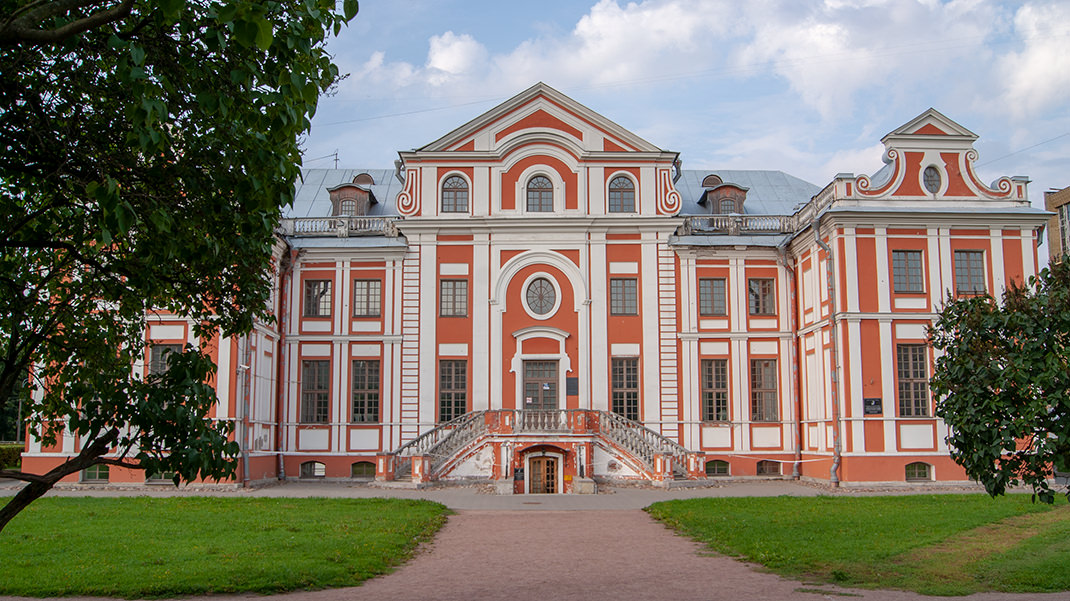
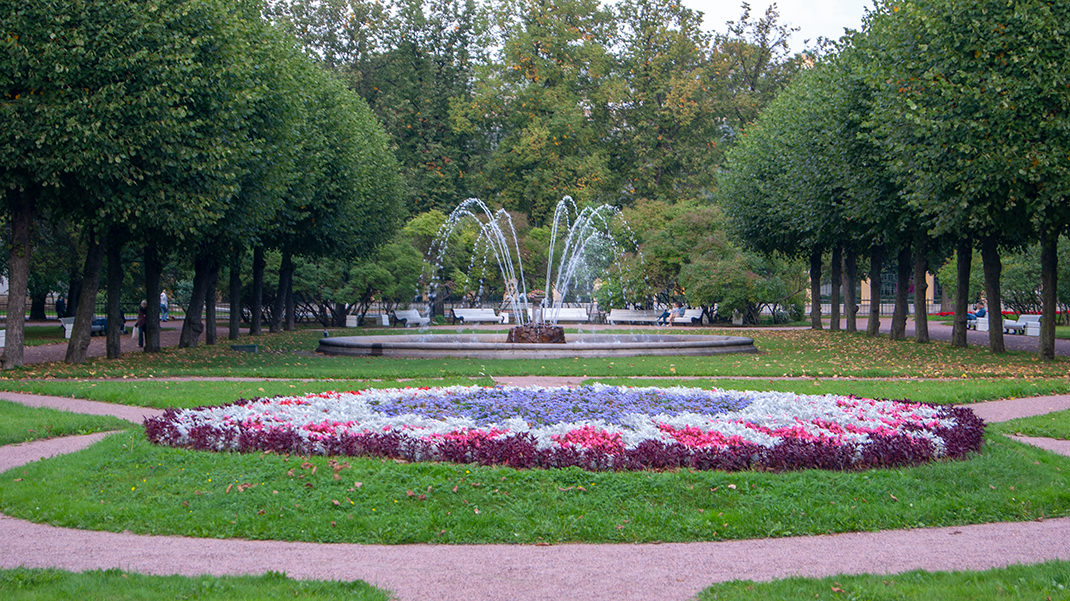
In summary:
- A place rich in history;
- A chance to see several attractions at once;
- The cathedral is far from metro stations, so be prepared for a long walk or consider taking a bus if you plan to use public transport.


